Do you have a question about the Samsung TU8300 and is the answer not in the manual?
Steps to resolve problems with the TV picture.
Steps to resolve difficulties with sound or speaker output.
Steps to resolve problems with receiving broadcasts.
Steps to resolve difficulties connecting external devices.
Steps to resolve difficulties connecting to the Internet.
Steps to resolve problems when Anynet+ (HDMI-CEC) is not working.
Steps to resolve problems when the remote control is not working.
Steps to resolve issues when apps are not working correctly.
Steps to resolve issues when files do not play.
Steps to resolve issues when the Voice Assistant is not working.
Procedures to resolve other product-related issues.
Diagnose TV issues and run reset functions.
Get help directly from Samsung for TV problems.
Check product or broadcast signal if the screen is not right.
Steps to take if the TV screen is black or the TV won't turn on.
Address distorted pictures or no sound from the soundbar.
Steps to resolve difficulties connecting the TV to the Internet.
Resolve issues with sound or odd speaker noises.
Steps to take if the remote control is not functioning.
Update TV software for best condition or to fix intermittent issues.
Learn TV screen menus and features with audio descriptions.
View how to use accessibility functions and their descriptions.
Turn accessibility functions on/off and access specific pages.
Learn about various accessibility features and their usage.
Use Voice Guide to announce menu options and provide audio descriptions.
View program details and subtitles/audio descriptions with Voice Guide.
View channel program lineups and schedule viewing with Voice Guide.
Connect your TV to broadcast signals and external devices.
View detailed information about external devices that can connect to the TV.
Connect a coaxial cable to your TV for antenna reception.
Access the Internet through your TV via wired or wireless connection.
Watch your mobile device's screen on the TV via Smart View or Tap View.
Information about various connection cables for external devices.
Switch between TV programs and content from external devices.
Important notes and precautions when connecting external devices.
Control connected external devices with your TV's remote control.
Control external devices via HDMI-CEC with your TV's remote.
Connect input devices for easier TV control.
Access apps, games, and movies through Smart Hub.
View and manage apps, settings, and other content on the Home Screen.
Create and manage your Samsung account for TV services.
Access your PC or work resources remotely via the TV.
Download and run various apps from Smart Hub.
View photos and videos synchronized with Samsung Cloud.
Monitor and configure smart devices connected to SmartThings.
Access the user manual embedded within your TV.
Surf the Internet on your TV.
Play media content stored on your TV, USB, or mobile devices.
Control your TV using Bixby voice commands.
See an overview of each channel's program lineup and schedule viewing.
Change channels or check programs on other digital channels.
Edit the channels stored on your TV, like deleting or renaming.
Designate frequently watched channels as favorite channels.
Use functions available while watching TV, like broadcast signal changes.
Change the Picture Mode and adjust expert settings for optimal viewing.
Optimize TV settings for specific video formats like games.
Change the picture size and position displayed on your TV.
Personalize sound quality by adjusting sound modes and expert settings.
Configure sound settings for your TV, like speaker selection.
Set the current time and use timer functions for TV operation.
Set auto protection time and reduce TV energy consumption.
Update your TV's software version for optimal performance.
Access and manage various accessibility functions for TV use.
Activate voice guides for menu options to aid the visually impaired.
Configure voice guide audio parameters for better usability.
Activate audio descriptions of video scenes for the visually impaired.
Improve readability with high contrast text and opaque menus.
Change TV screen color to black and white for sharpened edges.
Increase the size of on-screen font elements for better visibility.
Learn remote control button names and functions via audio feedback.
Learn TV menu structure and features through audio guidance.
Display captions for programs to aid the hearing impaired.
Enable simultaneous TV speaker and headphone audio output.
Change settings for voice assistants like Bixby or Alexa.
View and configure other useful TV functions.
Important information and limitations before downloading and using apps.
Understand limitations and features of the TV's internet browser.
Precautions and security protocols for wireless internet setup.
Understand limitations for playing media files from USB or other devices.
Information on picture sizes applied to various input signals.
Table detailing supported resolutions for UHD input signals.
Check supported resolutions for PC input signals.
Table detailing supported resolutions for various video signals.
Information and restrictions related to using Bluetooth devices.
Set content ratings to block programs, requiring a PIN to watch.
Block movies based on MPAA ratings, locking categories and higher.
Block Canadian English rated programs, locking categories and higher.
Block Canadian French rated programs, locking categories and higher.
Block programs using downloadable U.S. ratings.
| Response time | - ms |
|---|---|
| Display diagonal | 64.5 \ |
| Display brightness | - cd/m² |
| Display technology | LCD |
| Native aspect ratio | - |
| Native refresh rate | 60 Hz |
| Motion interpolation technology | Motion Rate 120 |
| Dynamic contrast ratio marketing name | Mega Contrast |
| Color name | Charcoal Black |
| Product color | Black |
| Panel mounting interface | 400 x 300 mm |
| Noise reduction | No |
| High Dynamic Range (HDR) technology | High Dynamic Range 10+ (HDR10 Plus), Hybrid Log-Gamma (HLG) |
| Smart modes | Filmmaker, Game, Movie, Natural |
| Operating system installed | Tizen |
| Audio decoders | Dolby Digital, Dolby Digital Plus |
| RMS rated power | 20 W |
| Number of speakers | 2 |
| Multiroom audio technology | Samsung Multiroom Link |
| Wi-Fi standards | Wi-Fi 5 (802.11ac) |
| Bluetooth version | 4.2 |
| Number of OSD languages | 3 |
| On Screen Display (OSD) languages | ENG, ESP, FRE |
| Tuner type | Analog & digital |
| Digital signal format system | ATSC |
| Composite video in | 1 |
| USB 2.0 ports quantity | USB 2.0 ports have a data transmission speed of 480 Mbps, and are backwards compatible with USB 1.1 ports. You can connect all kinds of peripheral devices to them. |
| Consumer Electronics Control (CEC) | Anynet+ |
| AC input voltage | 110-120 V |
| AC input frequency | 50 - 60 Hz |
| Power consumption (max) | 160 W |
| Power consumption (standby) | 0.5 W |
| Power consumption (typical) | 67 W |
| Package depth | 213.36 mm |
| Package width | 1597.66 mm |
| Package height | 975.36 mm |
| Package weight | 34382.302 g |
| Cables included | AC |
| Remote control type | TM2050A |
| Depth (with stand) | 322.58 mm |
|---|---|
| Height (with stand) | 914.4 mm |
| Weight (with stand) | 25401.2 g |
| Depth (without stand) | 121.92 mm |
| Width (without stand) | 1452.88 mm |
| Height (without stand) | 838.2 mm |
| Weight (without stand) | 24992.94 g |
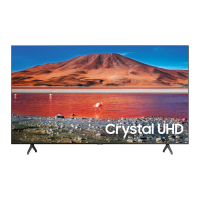



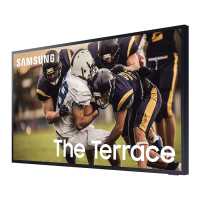
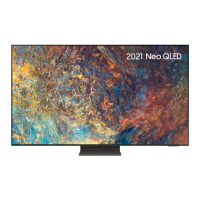
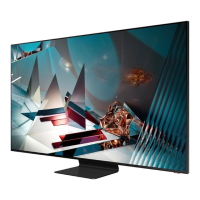
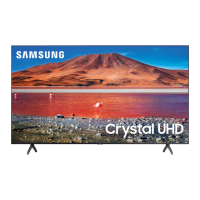
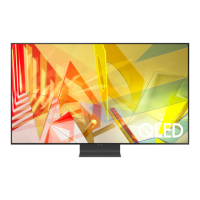
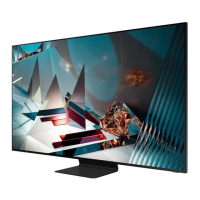

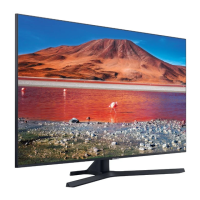
